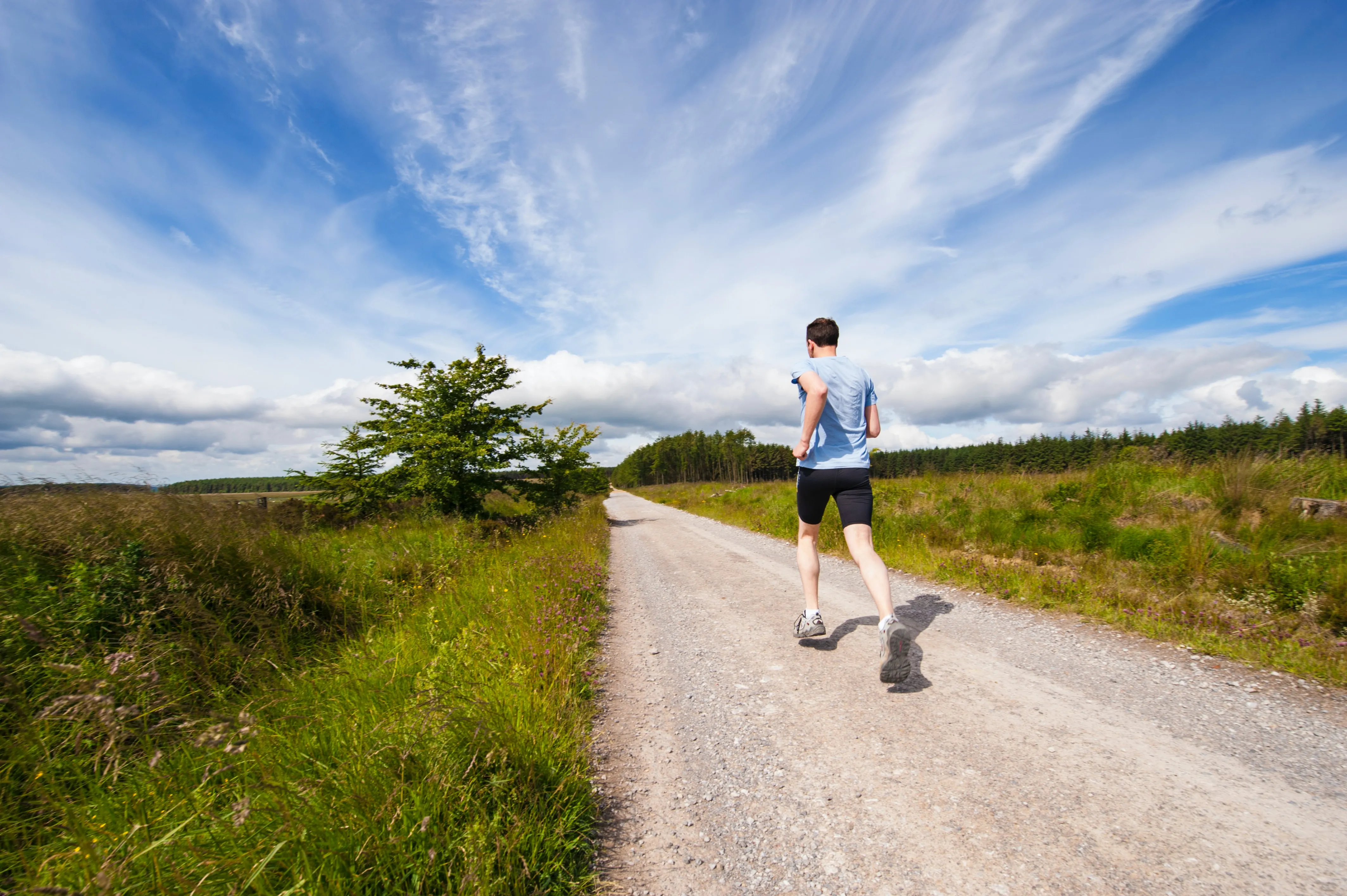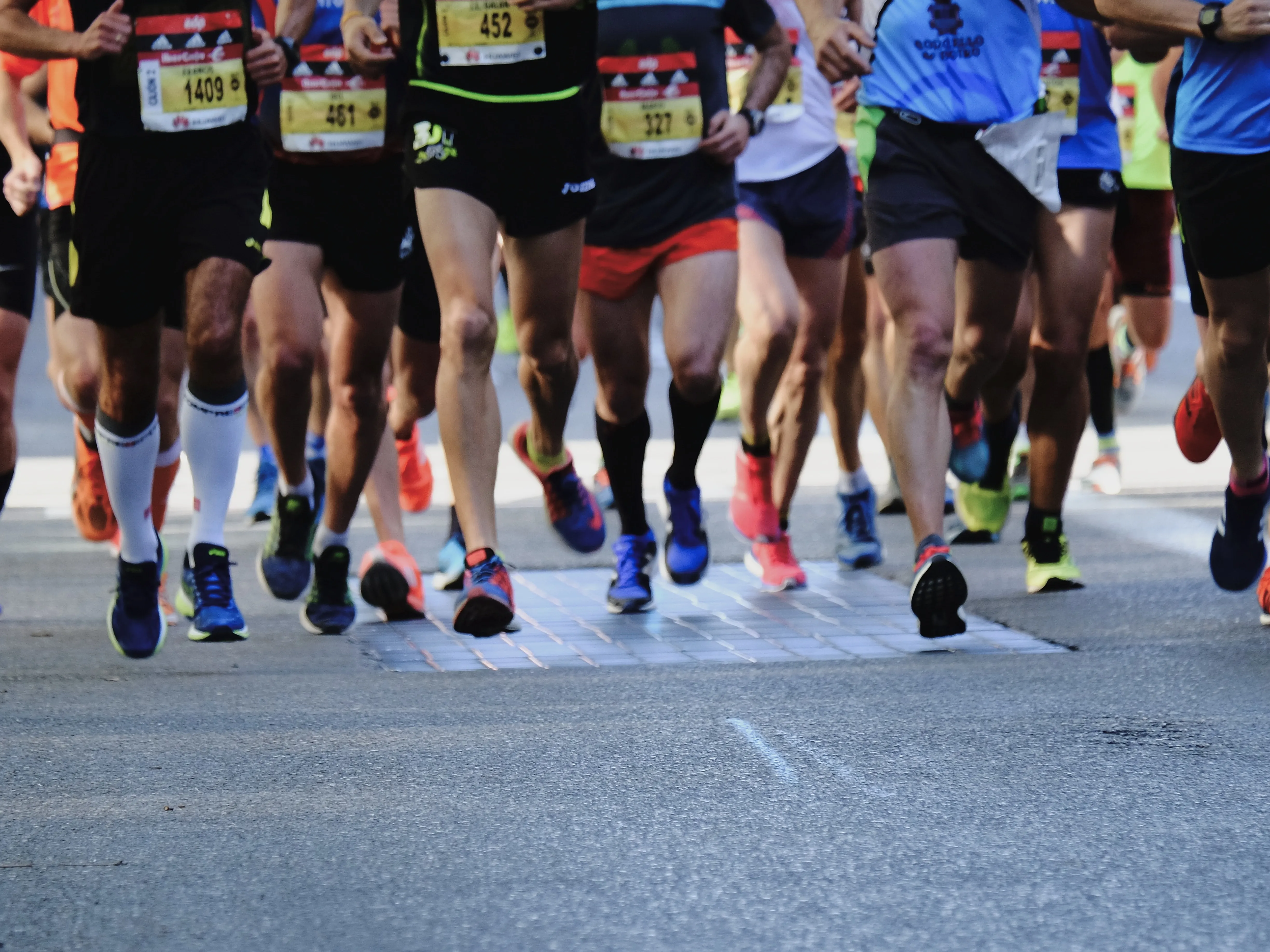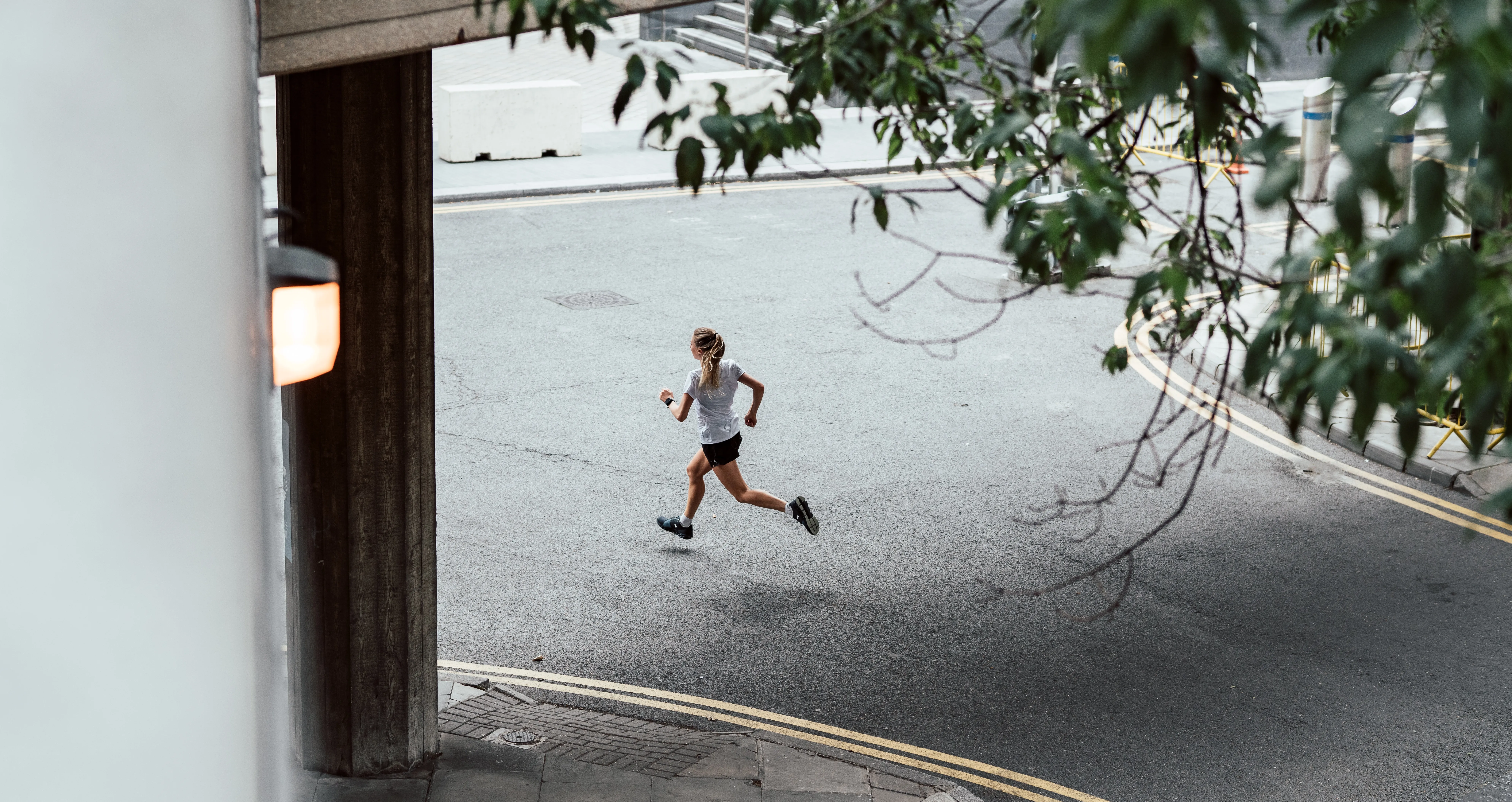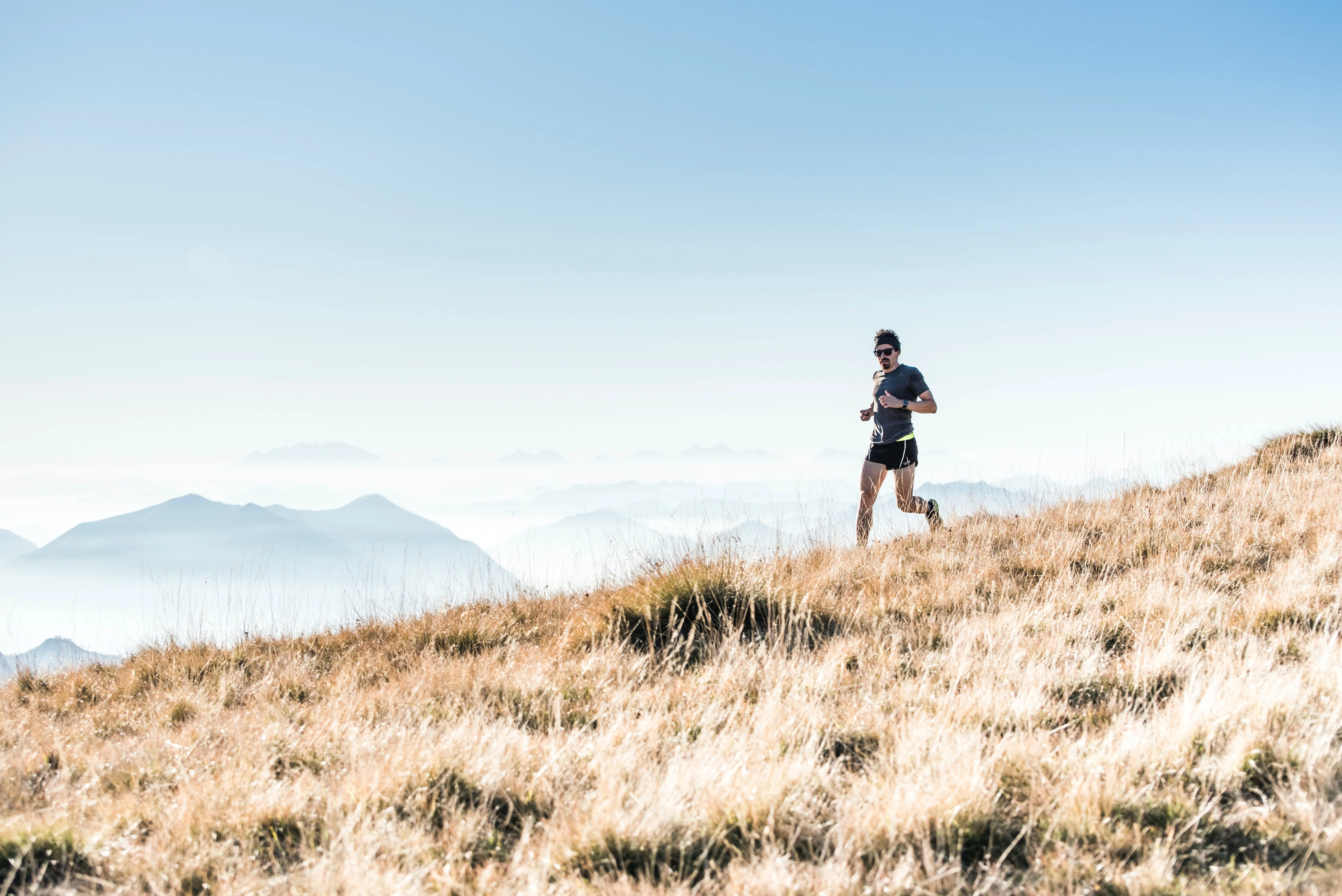
Running is one of the simplest forms of physical activity that most people can incorporate into their lives. All it takes is a pretty good pair of shoes and you’re good to hit the road, track, or treadmill. But have you ever considered running barefoot? Yes, it sounds a little odd, but barefoot running has been gaining popularity in recent years thanks to its alleged benefits. However, it is important to also understand the potential risks that come with it. This article explores both aspects.
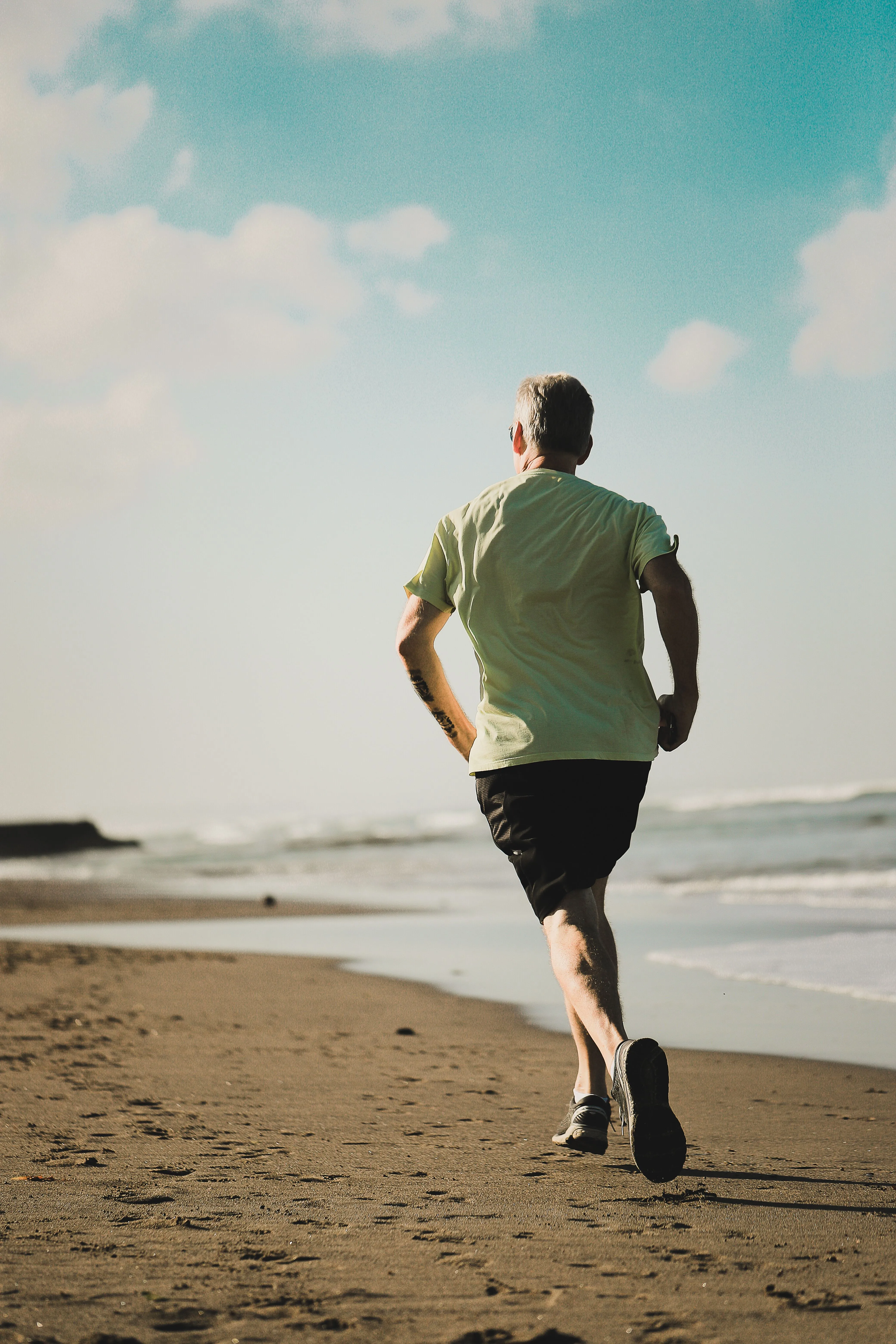
What is Barefoot Running?
Barefoot running, as the name suggests, involves running without shoes or with minimalist shoes designed to provide minimal interference with the natural movement of the foot. It’s not a new concept. In fact, our human ancestors ran barefoot, out of necessity, long before the invention of shoes.
The emergence of modern footwear somewhat blurred the physical benefits of running barefoot. However, this practice has made its way back into the limelight, advocated by runners who swear by its benefits.
Benefits of Running Barefoot
A significant amount of scientific research has been carried out to study the advantages of barefoot running. Here are some of the key benefits that have emerged:
1. Improved Running Efficiency
Running barefoot can, over time, lead to improved running efficiency. Barefoot runners tend to land on the middle or front of the foot rather than the heel, reducing the impact transferred to the knee and hip joints. This is contrary to many shod (shoe-wearing) runners who strike the ground heel-first.
2. Strengthening of the Muscles, Tendons, and Ligaments of the Foot
Barefoot running can help strengthen the body’s natural shock absorbers, as it utilizes more muscles in the feet, ankles, legs, and hips. Plus, it increases the flexibility and elasticity of the foot, which means less chronic muscle strain, and fewer injuries.
3. Enhanced Balance and Proprioception
Running barefoot may boost proprioception, the awareness of body movements and position. This helps in improving balance, agility, and body coordination, which can be beneficial in preventing falls and related injuries.
The Potential Risks
In spite of the potential advantages, it’s crucial to understand the risks involved with barefoot running:
1. Exposure to Injuries
Without the protection of shoes, your feet are exposed to cuts, scrapes, puncture wounds, and cold injuries. Plus, the transition period can be quite challenging, as you may experience initial discomfort or pain due to the increased demand on foot, leg, and hip muscles.
2. Not Suitable for Everyone
Those with certain conditions, like diabetes or specific immune system disorders, should avoid barefoot running due to a higher risk of infection or injury.
The Bottom Line
Remember, switching to barefoot running is a significant transition for your body. Make the shift gradually, listen to your body, and consider the input of a seasoned barefoot runner or coach. Whether you ultimately decide to run with shoes or without, the main goal is to stay active, fit, and healthy. Happy Running!
